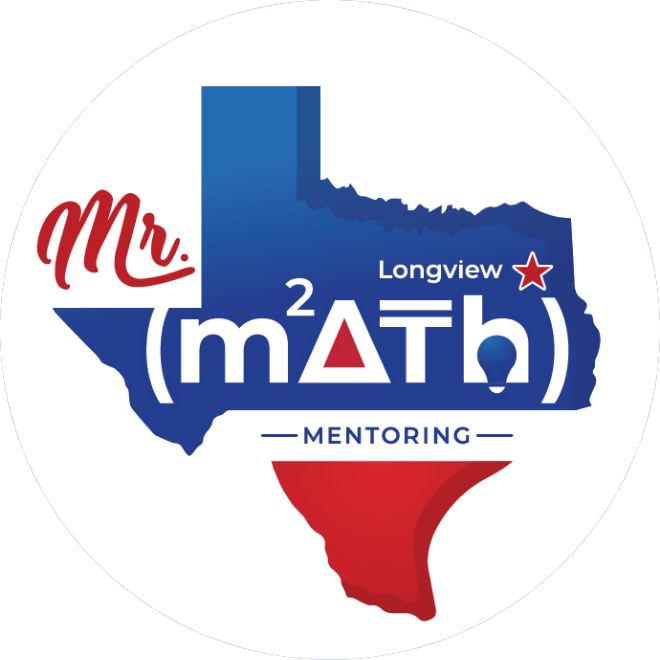Call Now
STAAR (MATH) 7TH GRADE
Introduction to the Math Section of the STAAR Test (State of Texas Assessments of Academic Readiness) for 7th Grade
The Math section of the 7th Grade STAAR Test is designed to evaluate students' mastery of key mathematical concepts that are foundational for more advanced studies in higher grades. This test covers a range of topics, emphasizing problem-solving, critical thinking, and the application of mathematical concepts in real-world contexts.
Content Areas
Numeracy and Operations
- Understanding Rational Numbers: Working with positive and negative integers, fractions, decimals, and understanding their placement on a number line.
- Operations with Whole Numbers, Decimals, and Fractions:
Performing addition, subtraction, multiplication, and division of fractions, decimals, and integers, including multi-step word problems.
Proportions and Ratios
- Understanding Ratios and Proportional Relationships: Solving problems involving ratios, rates, unit rates, and proportional relationships, including percentages and scale factors.
- Proportional Relationships in Graphs: Understanding and interpreting proportional relationships in tables, graphs, and equations.
Expressions, Equations, and Inequalities
- Algebraic Expressions: Simplifying algebraic expressions and understanding the properties of operations.
- Solving Equations and Inequalities:
Solving one-step and two-step equations and inequalities and representing solutions on number lines.
Geometry and Measurement:
- Properties of Geometric Figures: Understanding and calculating the area, perimeter, and volume of geometric figures, including composite shapes.
- Angles and Circles: Understanding and applying properties of angles, circles, and understanding the relationships between angles in various geometric figures.
Data Analysis and Probability:
- Interpreting Data: Analyzing and interpreting data from graphs, charts, and tables, including measures of central tendency (mean, median, mode) and variability (range).
- Basic Probability:
Calculating the probability of simple and compound events, understanding theoretical and experimental probability.
Success in the Math section of the STAAR Test requires a solid understanding of these concepts and the ability to apply them in various contexts, particularly in multi-step problem-solving scenarios.
 Button
Button
Why Is It Important to Have a Diagnostic Assessment First?
Before beginning preparation for the STAAR Test, taking a diagnostic assessment is crucial. This assessment helps identify your child’s current strengths and weaknesses in the math topics covered by the STAAR. By understanding where your child stands, you can create a focused study plan that targets areas needing improvement, ensuring that their preparation is both effective and efficient. Additionally, the diagnostic assessment provides a baseline to track progress, helping to ensure that your child is on the right path to achieving their academic goals.
Requirements Before Taking the Diagnostic Test
To get the most accurate results from the diagnostic assessment, it’s important to create the right environment for your child. Here’s what you should do:
- Find a Quiet Place: Make sure your child is in a quiet, comfortable space free from distractions. This will help them focus and perform at their best on the test.
- Eliminate Distractions: Remove any potential distractions, such as toys, electronic devices, or other items that might divert your child's attention during the test.
- Encourage Honest Effort: Remind your child to answer all questions honestly and to the best of their ability, without seeking help from others. Honest answers will provide a true reflection of their current understanding and highlight areas needing improvement.
- Submit the Test:
Once your child has completed the diagnostic test, make sure to submit their answers. You will receive a detailed report with results, highlighting strengths and areas to focus on during preparation.
 Button
Button
